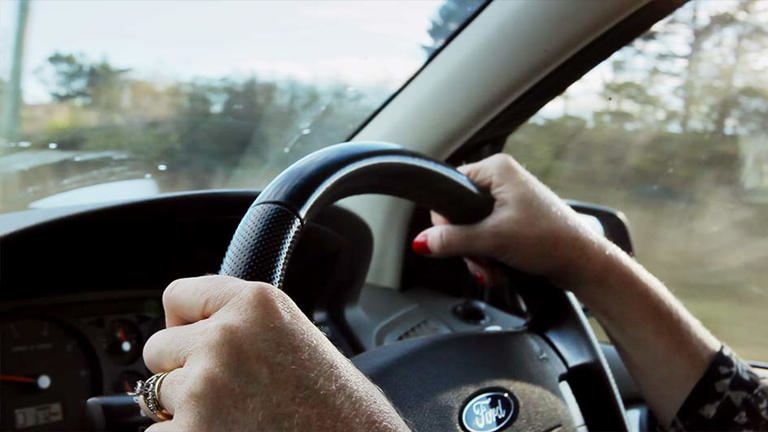There are few milestones as exciting as getting your license and knowing you'll no longer have to rely on lifts from your mum to drop you into town. It's the sign of sheer independence, but with it comes the expense and responsibility of owning your first car.
Before you start shopping around for your new wheels, check out our simple guide to choosing your first car wisely.
The price is right
Unless you're buying a Lamborghini Diablo, Ferrari F40 or perhaps the original Aston Martin DB5 that was used in the Bond film 'Goldfinger', a used car is likely to be friendlier on the bank account (initially, at least) than a vehicle straight from the showroom floor. However, you'll need to do your homework if you plump for an older machine, to ensure that it has at least some of the safety features that come fitted as standard in modern models.
Check for defects
Additionally, you will have to go over the car with a fine-tooth comb to ensure that you aren't being sold a dud, with its engine liable to fall out half-a-kilometre down the road. You should also check for excessive rust and other defects before you part with your hard-earned cash. Bringing a mechanically-minded friend or family member to inspect the car with you can be of great help during this process.
Safety First
If you have the money for a brand new car, you can feel safe knowing that all new cars that come off the production line in Australia must comply with stringent safety requirements.
Some newer cars even come equipped with safety features that will be especially useful to first-time drivers, such as crash avoidance technology, automatic braking, reverse cameras and blind zone detection. Even if your new car does not come with such features as standard, you can often purchase them as separate add-ons.
Gearing up: Manual or automatic?
Ah, the age-old debate. As with the old/new conundrum, there are several pros and cons either way in how you choose to drive. The truth is, it's often just a matter of personal preference.
For some, 'stick-shift' is the best option, allowing the driver to feel more at one with their vehicle. It's also better for fuel economy. Initially, driving a manual may seem difficult, but over time, it becomes natural, granting you a greater sense of control.
Automatics, though, continue to grow in popularity. Simple to drive, automatics cancel out the risk of embarrassingly stalling at lights, sliding backwards on a tricky hill start or grinding the gears on a perplexing cross-city journey, allowing you to give the road your full concentration.
You should also remember that, if you passed your test in an automatic, you are legally only allowed to drive that transmission, but if you passed in a manual, either choice is fine.
Once you've chosen your new car, be sure to protect your investment with the right insurance policy. Take a look at our guide to discover the best option for you.



